We Help Finance Professionals Master Python for
Quantitative Finance
& Algorithmic Trading
*No prior coding experience required
From Aspiring Quants to Python Masters: FessorPro Success Stories!
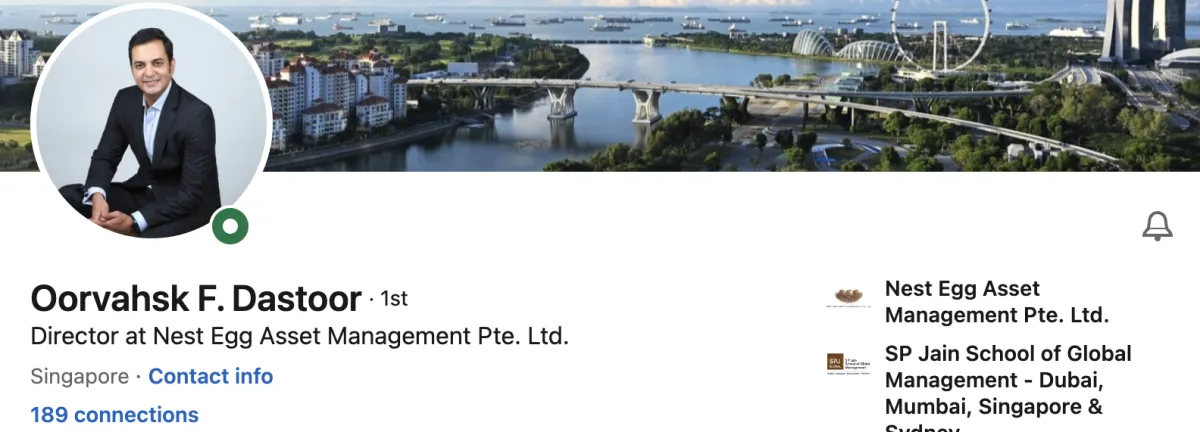
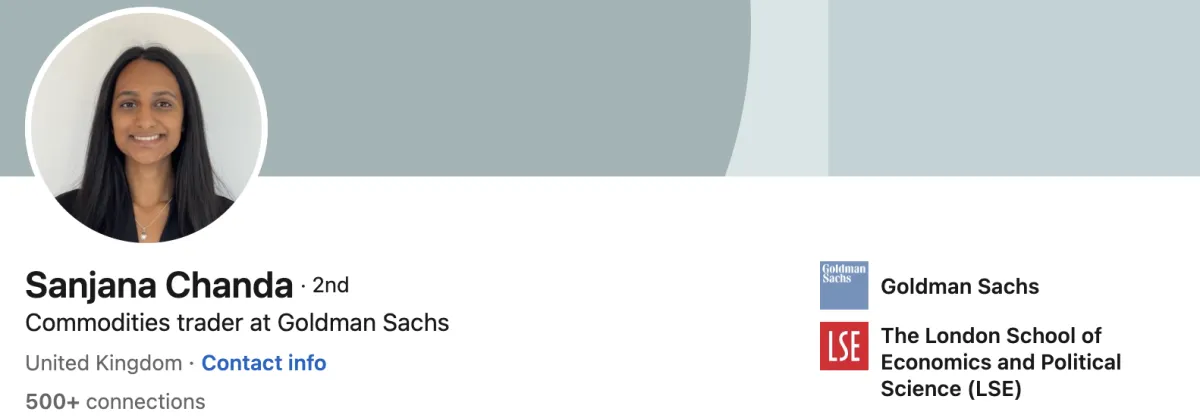
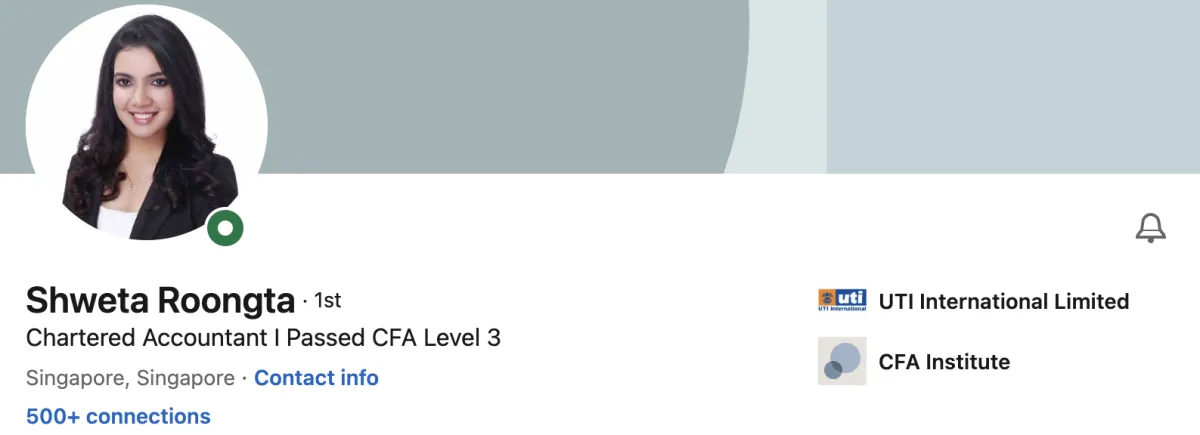

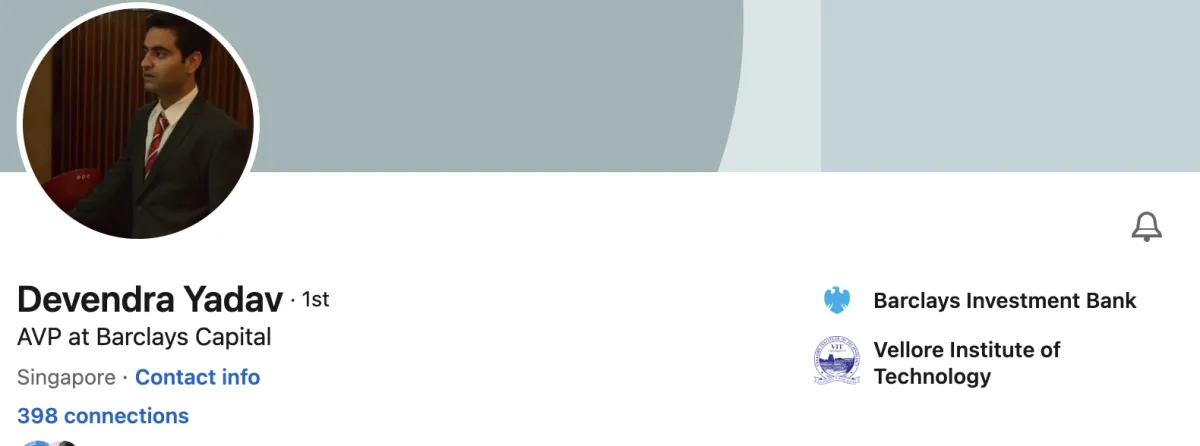
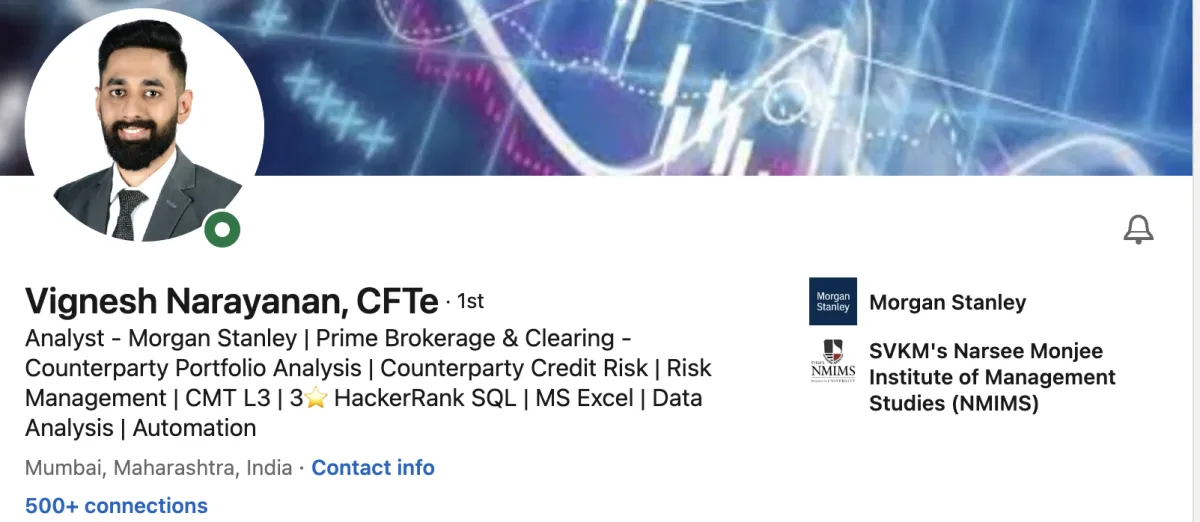



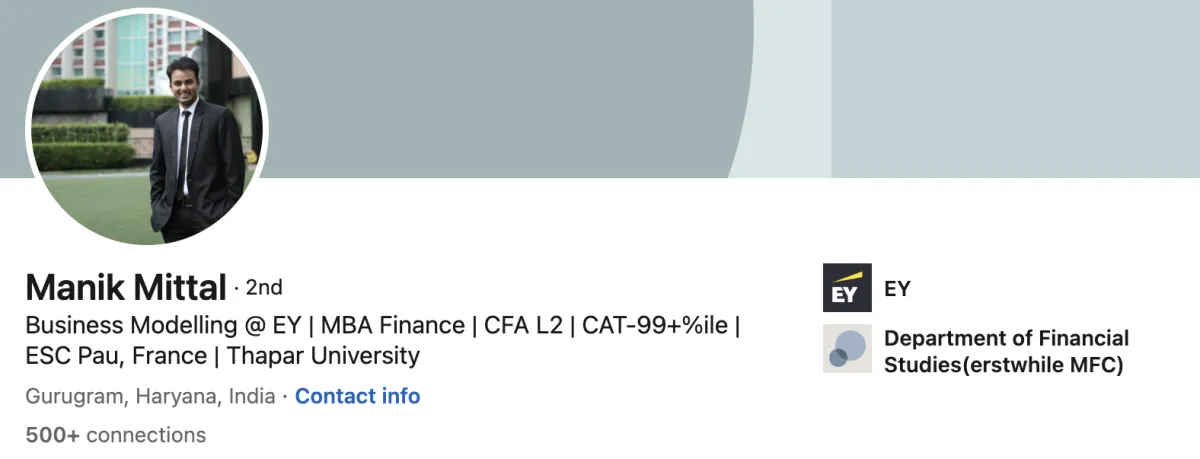
Finance professionals, studying with us, typically possess this background
Professionals with experience in investment banks like Goldman Sachs, Deutsche Bank, EY, Masjid Al-Futtaim, and Bank of America.
Participants from locations, including the United States, Canada, Singapore, the United Kingdom, and India
Individuals with either no coding experience or basic coding skills
Alumni have had diverse and successful journeys after completing our program.

Complimentary Trial Live Lesson
Kindly consider reviewing one of our live sessions to gain insight into our robust and personalized learning methodology
Course Curriculum
50 hours of live hands-on learning

Python Fundamentals ( 10 sessions , 15 hours )
In financial programming and trading, variables serve as essential containers for managing critical data such as stock prices and portfolio values. Strings are employed for formatting and presenting financial information, ensuring clarity in reports and output. Conditionals play a pivotal role in executing trading strategies based on dynamic market conditions, while data structures like arrays and lists organize financial data for effective analysis. Loops are crucial for iteratively processing historical data and running simulations. Functions enhance code modularity by encapsulating reusable calculations and algorithms, contributing to the development of sophisticated financial models. Files and exceptions are integral for reading and writing data, as well as handling errors during data processing and trading execution, ensuring the reliability and resilience of financial applications.
Python Advance ( 6 sessions , 8 hours )
Financial programming and trading require a symphony of tools dancing in perfect harmony. Modular code architecture built with reusable components forms the foundation, while virtual environments keep dependencies in check. NumPy and Pandas become maestros of number crunching and data manipulation, aiding portfolio management and risk analysis. Parallel programming steps in to accelerate computation, especially for high-frequency trading and vast data sets. Datetime functionalities waltz with time-series data, while web scraping gleans real-time market whispers. And anchoring it all, SQL databases store and retrieve financial information with elegance, supporting backtesting and insightful reporting. But like any symphony, mastery lies in execution. Write clear, concise code, test diligently, and embrace continuous learning. Remember, version control systems are your sheet music, cloud computing your grand venue, and machine learning a potential future solo. By wielding these tools with precision and adaptability, you become the conductor of your financial destiny, navigating the complex markets with confidence and grace.
Financial Trading ( 4 sessions , 6 hours )
Time series data becomes the foundation for understanding historical market behavior, while data visualization techniques enable effective communication of intricate financial patterns and insights. Fundamental analysis guides students in evaluating economic indicators and financial statements to make informed investment decisions. Technical analysis introduces the utilization of Python for studying historical price trends, employing indicators, analyzing price action, and interpreting chart patterns. Learning to code indicators such as moving averages and oscillators becomes crucial for developing quantitative trading strategies. Price action analysis, focusing on interpreting raw price movements, is explored for capturing market sentiment. Finally, students delve into performance metrics to assess the efficacy of trading algorithms, ensuring a comprehensive skill set for applying Python in finance and trading scenarios.
Broker Api (interactive/fyers) ( 4 sessions , 6 hours )
Interactive Broker fundamentals are explored to understand the platform's functionalities and integrate it seamlessly with Python. Contract design teaches the essentials of structuring financial instruments and creating viable trading products. Historical candle data is employed for backtesting and analyzing past market trends, providing a foundation for strategy development. Real-time tick data feeds are introduced, enabling students to work with live market data and make timely decisions. Order placement in Python is covered, ensuring students can execute trades programmatically. Candle strategy templates guide the development of algorithmic trading strategies based on historical patterns, while tick-level strategy templates provide insights into more granular, real-time market movements. These topics collectively equip learners with the practical knowledge needed to apply Python effectively in the dynamic field of finance and trading.
Strategy Building/Backtesting ( 8 sessions , 12 hours )
you will explore a diverse range of topics to enhance their quantitative skills. Backtesting fundamentals form the basis for evaluating the historical performance of trading strategies, providing insights into their viability. Moving Average strategies, such as SMA and EMA, are introduced to analyze trend directions, while Bollinger strategies focus on volatility indicators. MACD strategies delve into momentum analysis, Supertrend strategies offer trend-following techniques, and Support and Resistance strategies guide students in identifying key price levels. Renko strategies introduce a unique perspective on price movement, and Open Range Breakout strategies explore opportunities based on market opening ranges. Students will leverage Python to implement and analyze these strategies, gaining hands-on experience in algorithmic trading and strategy optimization within the dynamic landscape of financial markets.
Advance Topics ( 4 sessions , 6 hours )
You will explore advanced topics to harness the power of technology and analytics. Cloud deployment becomes essential for understanding how financial models and algorithms can be efficiently deployed and scaled using cloud computing resources. Machine learning applications in finance enable students to develop predictive models and algorithmic trading strategies. News sentiment analysis provides insights into market sentiment, allowing traders to respond dynamically to breaking news. Option historical data backtesting equips students with the skills to evaluate the performance of options trading strategies over time. Option strategy templates, such as straddle and strangle, guide the development of versatile trading approaches. Exploring more complex strategies like spread, butterfly, and condor allows students to deepen their understanding of options trading, combining theoretical knowledge with practical implementation using Python for robust and efficient financial decision-making.
Letter of recommendation
FessorPro boasts an extensive network of quantitative professionals, alumni, and finance experts, spanning across the UAE, UK, Singapore, India, and beyond. This exceptional community includes individuals from prestigious institutions such as Goldman Sachs, Deutsche Bank, EY, Majid Al-Futtaim, and Bank of America, among others. As a result, alumni will be able to provide direct recommendations for interviews, giving you unparalleled access to some of the most lucrative job opportunities available in the industry.The community is continually growing and evolving, keeping pace with the ever-changing landscape of the industry.
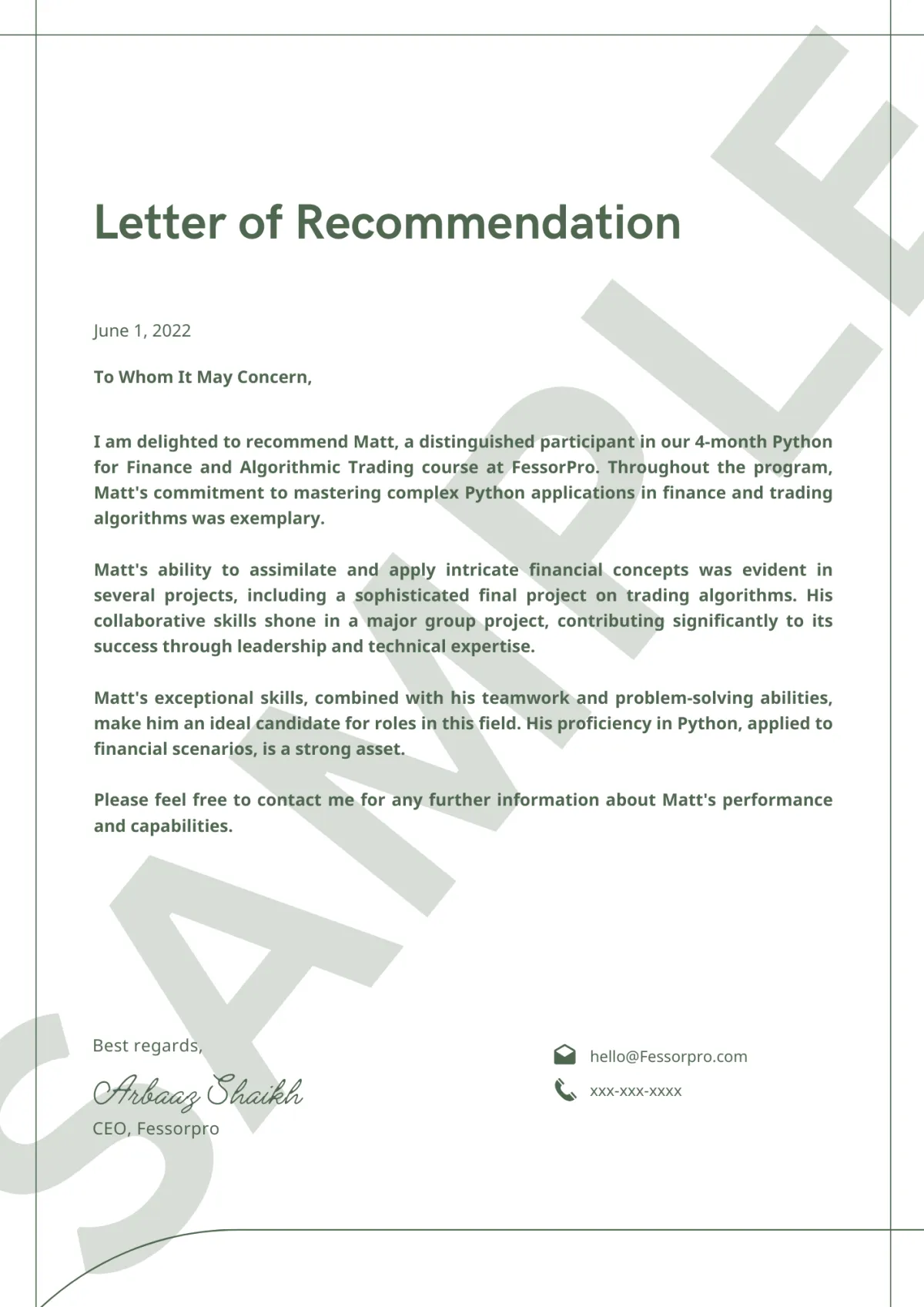
FAQ
What tangible outcomes will I get after completion of the program?
Upon completion of the program, you will acquire a comprehensive set of skills and knowledge in Python programming, including hands-on experience in data manipulation, visualization, data scraping, and data storage.
Additionally, you will be proficient in hands-on backtesting for trading, able to integrate your broker API, and apply advanced machine learning techniques to enhance your trading strategy.
Ultimately, you will be equipped with the technical expertise necessary to operate professional algorithmic trading codes with proficiency.
you will possess the requisite skills and knowledge to establish a fully or semi-automated trading desk with confidence and precision. Moreover, you will be qualified to pursue career opportunities in quantitative trading departments located throughout the world, owing to your advanced level of proficiency and mastery of the subject matter.
What if I miss live classes?
Our program offers access to our LMS with all course materials and recordings of live classes for those who miss them. We believe in providing flexible and comprehensive learning resources to help participants achieve their goals.
We understand that life can be unpredictable, and sometimes participants may miss live classes and fall behind. That's why we offer backlog batches that run simultaneously with the main program, If you find yourself in this situation, simply inform us that you would like to attend a backlog batch, and we will provide you with the necessary support to catch up on missed material.
I am not free on some weekends. What should I do?
In the event of missed live sessions, two solutions are available:
A) Access to recorded sessions
B) Enrolment in backlog batches, which commence at the beginning of each new month.
In what ways can FessorPro assist me in securing a job?
FessorPro boasts an extensive network of quantitative professionals, alumni, and finance experts, spanning across the UAE, UK, Singapore, India, and beyond. This exceptional community includes individuals from prestigious institutions such as Goldman Sachs, Deutsche Bank, EY, Masjid Al-Fittum, and Bank of America, among others. As a result, alumni will be able to provide direct recommendations for interviews, giving you unparalleled access to some of the most lucrative job opportunities available in the industry.The community is continually growing and evolving, keeping pace with the ever-changing landscape of the industry.
How many years of coding experience is required to become part of this program?
No coding experience is required to participate in our program. Our curriculum accommodates learners at different levels and includes hands-on exercises, group projects, and individualized support. We provide a professional learning environment and opportunities to connect with industry professionals
How many hours of learning should I dedicate in this program
To fully benefit from our program, we recommend that participants dedicate a minimum of 4-5 hours per week to learning. This includes attending lectures, completing assignments, participating in group projects, and practicing coding on their own.
Do I have to buy data from third party vendor or API charges
As part of our program, we provide guidance on how to engage in algo trading without incurring API charges. Additionally, we will show you how to access free live data options chain or option chain in real-time.
